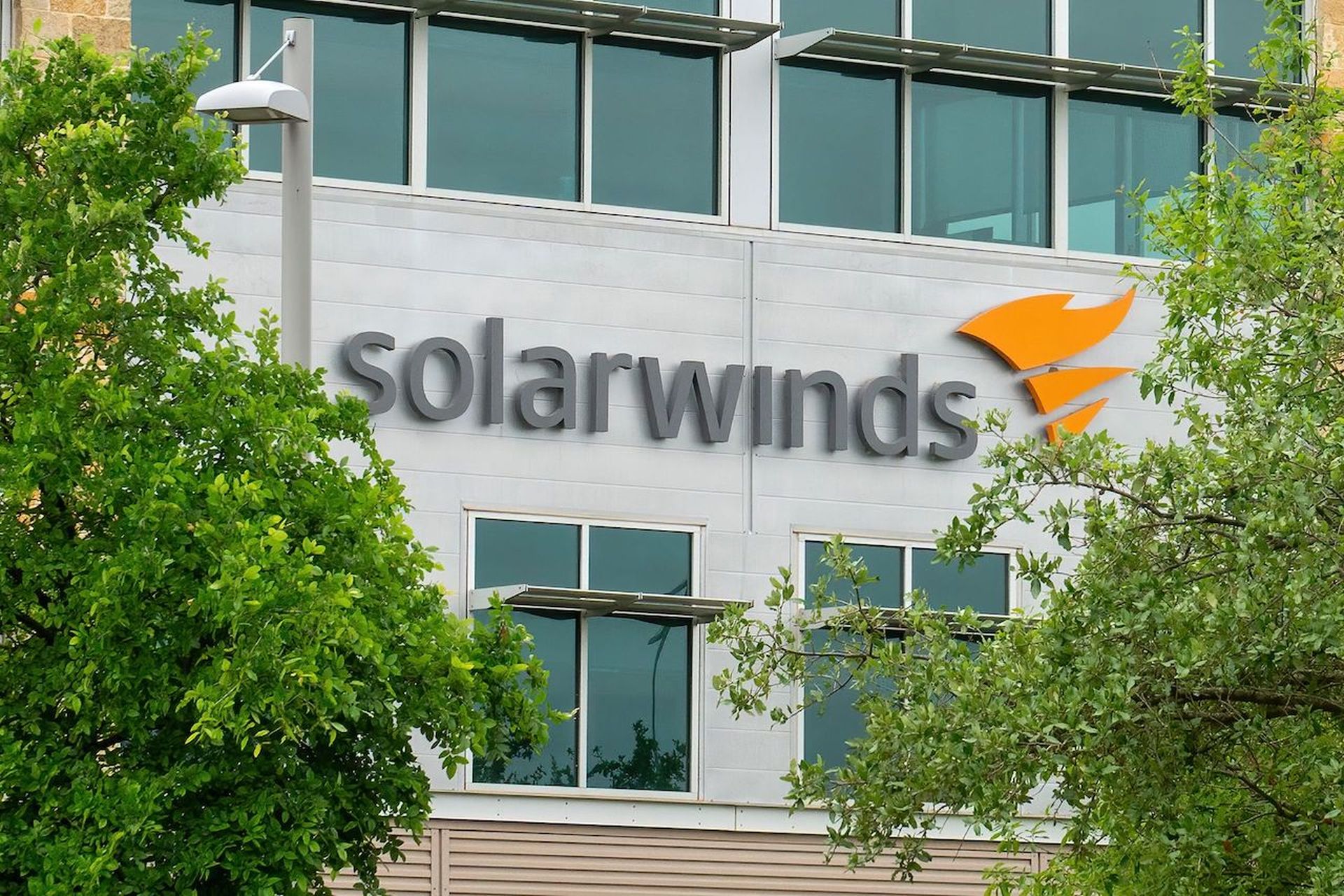It has been about three years since I disclosed some early details about my angel investing efforts. By August 2019, I had developed a goal of 20 investments and exits by 2030 and disclosed my first two angel investments.
So how am I doing overall so far? That question is particularly timely amid the recent Wall Street correction, rising interest rates and sky-high inflation. In the venture capital world, investors are calling on their portfolio companies to conserve cash and build a faster path to profitability.
How Angel Investing Has Evolved: 2019 to 2022

Meanwhile, the conversation has evolved in the angel capital market as well. A year-by-year summary:
- 2019: Angels would typically ask startups how quickly they can scale monthly recurring revenue (MRR) and annual recurring revenue (ARR) and what's the overall exit strategy. Smart angels like Gerwai Todd, a close friend of mine, frequently asked about cash burn rates and paths to profitability. But Gerwai was a rare voice of reason in a "growth-at-all-costs" market.
- 2020: During the early days of COVID-19, angels would ask about a startup's dependence on in-office equipment, services and employees, and the startup's ability to pivot hard toward work-from-anywhere. But very rapidly, it became clear that cloud and mobile infrastructure -- and the software that rides upon it -- would largely keep the economy going. Oh, and everybody had to re-think security.
- 2021: The whispers started. Valuations were getting out of hand. Some angels were privately thinking about saying no to more deals -- anticipating some sort of cool-off period as we began to head into 2022.
- 2022: The back room whispers have turned into front-room conversations. Angels aren't demanding an immediate path to profitability. But they're looking far more closely a deal multiples, burn rates, and the financial math required to keep a business going from seed to Series A, Series B and beyond.
My Angel Investor Journey: The Summary


So what does all that mean for my own angel investment journey? Here's a scorecard recap:
- Goal 1 - Define the Journey: As you'll recall, I wanted to complete 20 investments and exits by 2030.
- Goal 2 - Decide on the Math: After reading books like Angel: How to Invest in Technology Startups and speaking at length with my wife, we decided that we could potentially -- and gradually -- risk up to 5% of our net worth on angel investing. Divide that across 20 startups, and no single angel investment would represent more than 0.25% -- one quarter of one percent -- of our net worth.
- Goal 3 - Build a Network: Through lots of conversations, meetings and luck, I began to speak far more regularly with peer angels like Gerwai Todd, Kevin Blake and Lloyd Wolf. At the same time, I dove into organizations like Florida Funders, Angel List and Propel(x).
- Goal 4 - Open My Wallet (Responsibly): Through the efforts above, deal flow started to come my way. During a typical weekend, I now scan through about a dozen investment opportunities that hit my inbox. I discuss those opportunities with a group that we've come to call Channel Angels. Then I decide to potentially place my bets -- often working with Kevin and Gerwai, in particular. The math? I suspect we invest in one company for every 50 "opportunities" that come our way.
- Goal 5 - Always Engage Trusted Advisors: Here again, I find myself brainstorming and bouncing deal opportunities off of Gerwai Todd, Kevin Blake and Lloyd Wolf.
Of the roughly 15 angel investments so far:
- 14 are still in business;
- none have had an exit (so far);
- most remain in healthy growth mode -- though some will need to raise more money (Series B or C) in 2022 or 2023;
- perhaps one of the 15 has a reasonable chance at becoming a unicorn -- exceeding $1 billion in annual revenues if multiple stars align; and
- one has gone completely out of business.
That One Total Loss (So Far): What I Learned From 100% Failure
Early in Q2 of 2022, I learned that one of my angel investments was set to implode and essentially shutter. But what did I actually learn about experiencing a total loss in one investment?
- Practice the Rule of 20: First, financial diversity is your friend. Imagine if you had $10,000 evenly spread across 20 stocks. That's $500 per stock. Then, one of those companies goes completely bust. So, you're out $500. But mentally -- since you set a budget and built a long-term strategy -- you know 95% of your investments are still in the game. Basically, I learned that I remain very comfortable with my original investment thesis -- which involves identifying 20 investments (and potential exits) by 2030.
- Study Burn Rates. Then Study Them Again: The investment that went to zero had a massive burn rate and highly paid executives. If I had bounced the opportunity off of Gerwai Todd, I'm sure he would have told me to avoid the deal because of the burn rate. Alas, I didn't take that step. Why? Because of a problem outlined below in item 3.
- Ignore the FOMO -- Fear of Missing Out: Some deal pitches have tight deadlines. "Put your money in this week, or lose the opportunity forever." In this case, I certainly suffered from FOMO (Fear of Missing Out). In stark contrast, Warren Buffett famously "waits for his pitch" -- passing on deal after deal after deal until he spots just the right opportunity. Buffett generally doesn't suffer from FOMO. That's a trait I'm trying to emulate.
- Nevertheless, Step Outside Your Comfort Zone (A Bit): The failed investment was in the FinTech market. I'm not a financial services expert. But the investment at least inspired me to brush up on the FinTech market and topic. I was a loser on this deal. But I don't regret stepping outside of my comfort zone -- within reason.
- Recalibrate Your Goals: As your overall angel investment portfolio grows or evolves, it's important to recalibrate goals -- perhaps on a quarterly basis or so. My recalibration? Maybe it's time to invest in 25 total companies, rather than 20. In some ways, that means more risk. But in other ways, that means less risk because I'm essentially spreading that risk across more companies.
All that said, I'm enjoying the journey. Even if it means suffering the occasional total loss. PS: Of the angels I mentioned in this article, I was the only one who dove into the particular deal that delivered a complete loss.




